Alright – so today we’ve got the honor of introducing you to Manuela Zoninsein. We think you’ll enjoy our conversation, we’ve shared it below.
Manuela , looking forward to hearing all of your stories today. Let’s start with a fun one – what’s something you believe that most people in your industry (or in general) disagree with?
A critical lesson for success as an entrepreneur is accepting the status quo and fundamentally understanding and empathizing consumer desires and preferences. In sustainability — and specifically, single use beverage packing, where I work — that can be a bitter pill to swallow.
For years, even while living abroad in China and in my homeland, Brazil, I carried a reusable water bottle. That remained the case even when I returned to the US and joined a well funded tech company, which supplied a plethora of delicious (and free) single use drinks and which covered all my expenses when I was on the road.
I figured, “if I can carry around a reusable bottle, why can’t everyone else? It’s not that hard!” In my view, the benefits — for the planet, for my health, and for my pocketbook — were numerous and obvious. When I saw others purchasing and drinking from their aluminum cans, boxed waters, or PET bottles I would look askance and think to myself, “those people are so dumb/lazy/uninformed” before whisking out my S’well and showing off my low carbon hydration solution.
That prejudice, if you will, cost me years of learning why it is that the majority of Americans, and in fact, most humans, prefer to consume single use. There are myriad reasons and motivators but only by coming around to accept that truth, and fully appreciate why it is that single use is winning, have I been able to come up with Kadeya, which I believe to be the best solution to our packaging scourge.
For sustainability to win at scale, I believe innovators and problem solvers can’t just say, “do it this other way – because of the planet.” Most people are aware of climate change and have begun integrating its realities into their own lives; but in the immediate moment, decision-making caters to quickly satisfying self-centered needs. Sustainability is still a lagging driver of choice.
If we environmentalists are willing to climb off our high horses and fundamentally interrogate why the alternatives are winning, there’s a chance that true innovation — previously unimagined by both climate nerds and status quo supporters — can arise to bridge the two extremes.
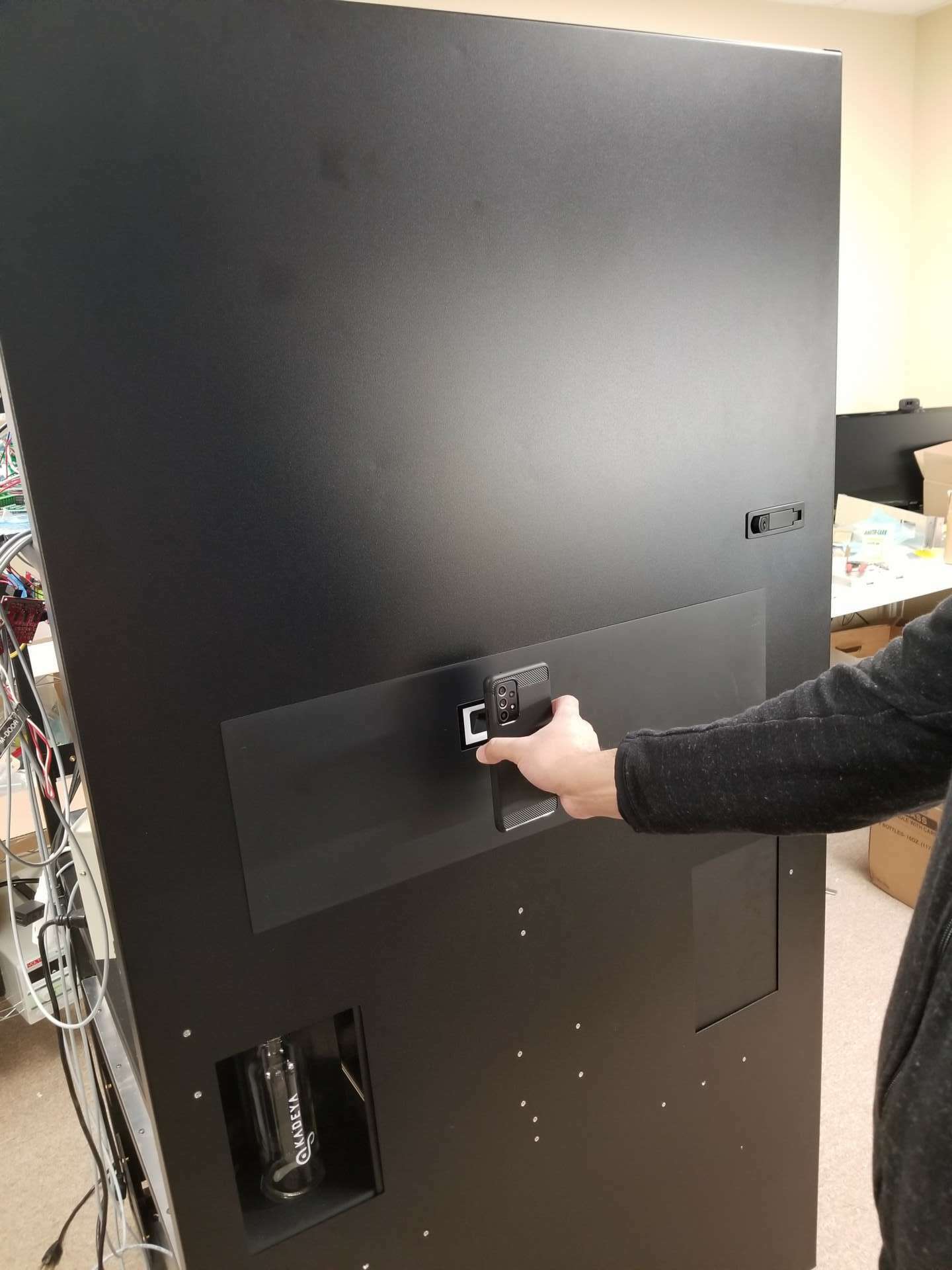
Awesome – so before we get into the rest of our questions, can you briefly introduce yourself to our readers.
Manuela Zoninsein is the CEO and Founder of Kadeya which eliminates the need for single-use beverage containers through its network of mini bottling plants and reusable, digitally identifiable bottles. She has always thought that trash has value and that pollution and climate change are merely symptoms of bad systems design.
Previously, she worked at Palantir Technologies in international business development focused on CPG, introducing the company to five new markets. As a serial climate entrepreneur, she has launched two businesses in the agritech space, one a data service in China, which was acquired by a partner, and one in Brazil, now that country’s largest online marketplace for smallholder farmers.
Before going into business, Manuela served as a correspondent in China, where she lived for eight years. She moved to Beijing with a Princeton-in-Asia Fellowship in 2007 and reported for Newsweek and The Engineering News-Record, covering environment, technology, infrastructure, and transportation during the cleantech revolution. She was also the dining editor of Time Out Beijing.
Manuela holds an MBA from MIT-Sloan, an MSc from the University of Oxford, and a BA from Harvard University. She attended Evanston Township High School and is a proud Brazilian immigrant fluent in Mandarin-Chinese, Spanish, and Portuguese.
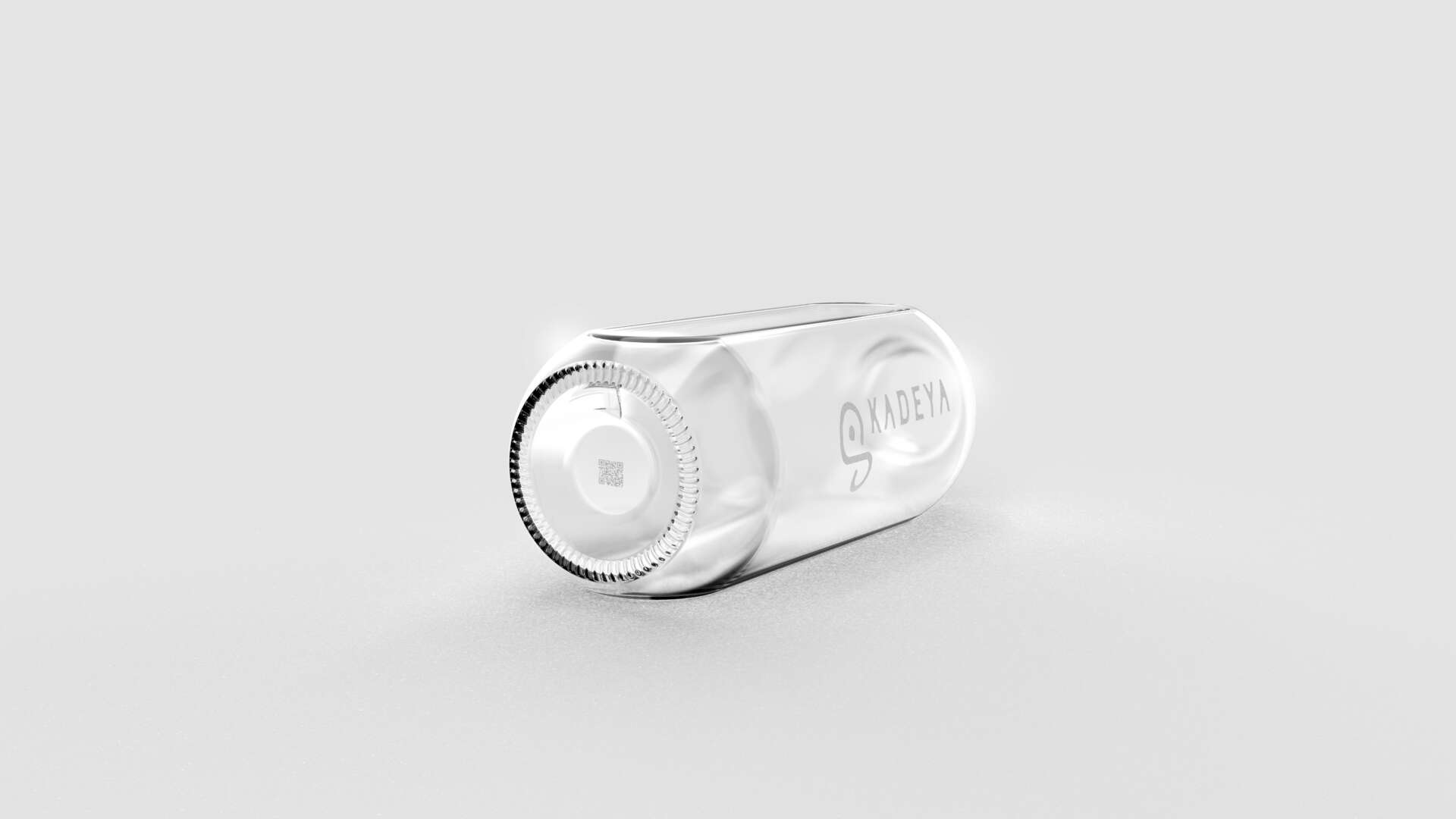
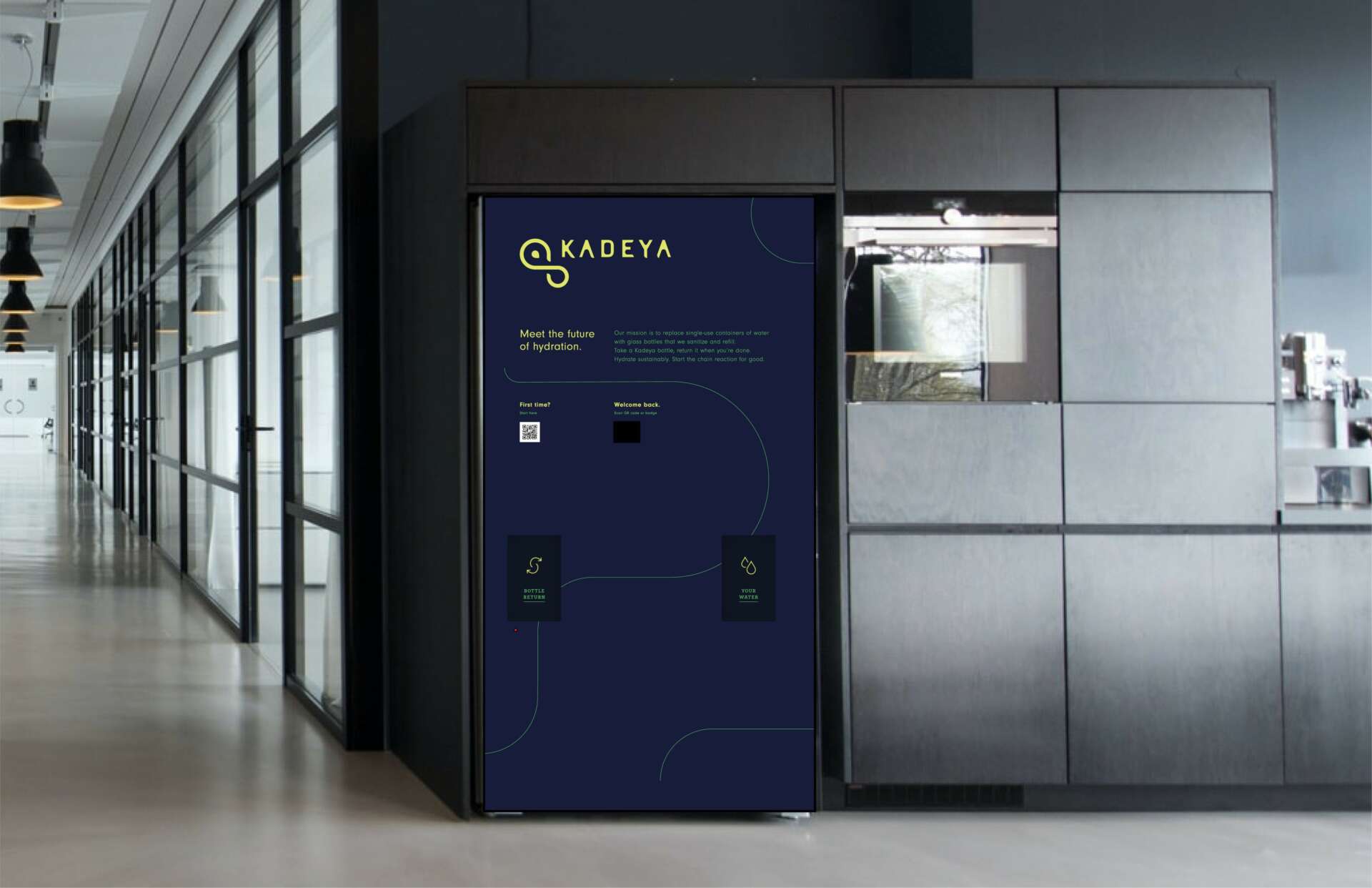
How about pivoting – can you share the story of a time you’ve had to pivot?
Kadeya is a story of tiny pivots unnoticeable to the outsider.
One critical and now conspicuous example is our go-to-market strategy, which focuses on industrial worksites comprised of manual labor jobs. Hydration for these consumers is fundamental to work performance as well as essential safety and compliance requirements. For the corporate employer, ensuring the requisite level of hydration is a logistical nightmare and leaves them exposes to legal and financial risks.
That may seem like an obvious beachhead, but during Kadeya’s first two years and the three years I was conducting market tests and customer discovery, I had wildly different ideas of where to go first. It started with university campuses, and I was preparing for a pilot at MIT when Covid hit. Other environments I had researched and considered, such as airports and flights, conferences, co-working spaces, hotels, and gyms were also all suddenly unavailable.
After endless attempts to expand our business into white collar environments, a casual conversation during a sailing lesson with a woman who works in construction indelibly redirected Kadeya’s trajectory. While her office wouldn’t install a kiosk, she said Kadeya could deploy on one of her construction sites tomorrow.
She was only barely exaggerating: within two weeks of my accepting her suggestion to pursue construction as well as other industrial environments, Kadeya’s Alpha prototype had been plugged into a construction site and was generating revenue.
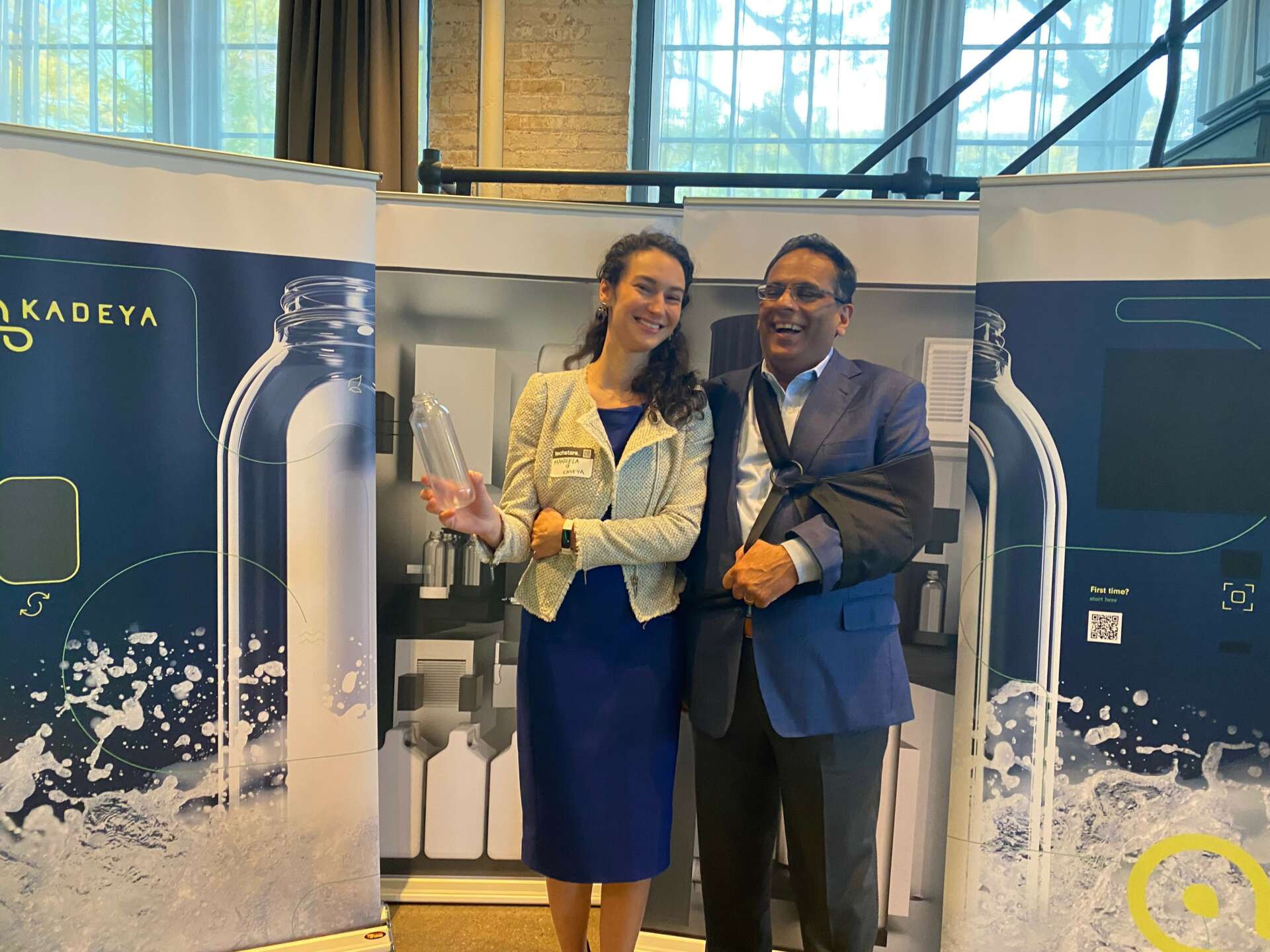
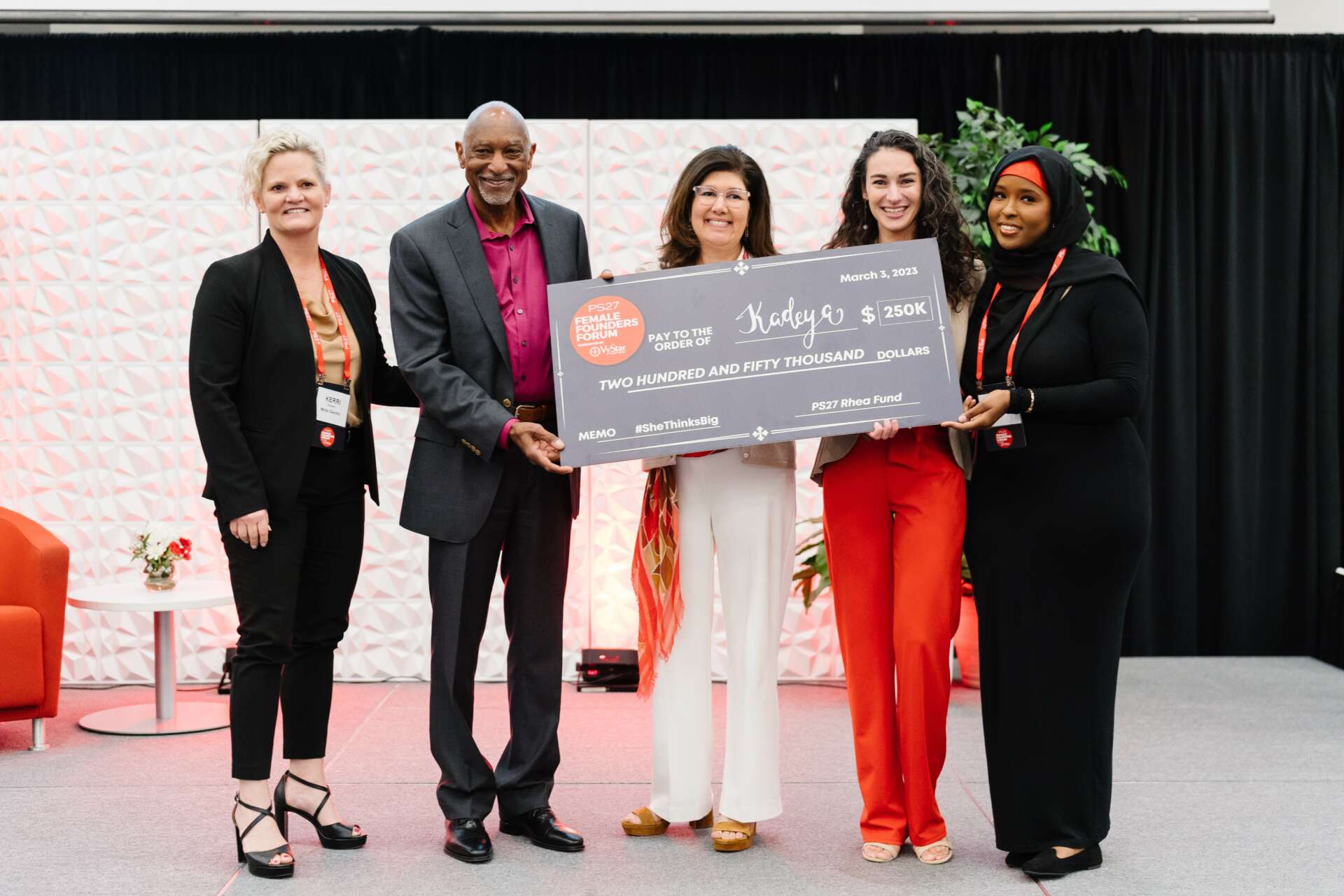
How did you put together the initial capital you needed to start your business?
One of my main jobs as founder is to de-risk Kadeya to the appropriate levels that investors at each stage of funding expect and are willing to finance. This also provides a roadmap for company evolution, a clear indication of which metrics matter, and what your business must accomplish sequentially.
To start, that meant meeting with a lot of angel investors to understand their appetite for risk and define what they needed to see in order to write a check. It also meant becoming an expert in that stage of company (im)maturity: bringing a sophisticated awareness of what the early stage financial market/s were funding and positioning Kadeya into that broader context when speaking with investors. We used a SAFE note to make things quick and easy.
I managed to close my first round of Friends & Family commitments the night before I went into labor to give birth to my son. Since then, I’ve gone on to further de-risk the business, raising another wave of F&F commitments before raising a Pre-seed from larger angels and micro VCs, also on a SAFE note.

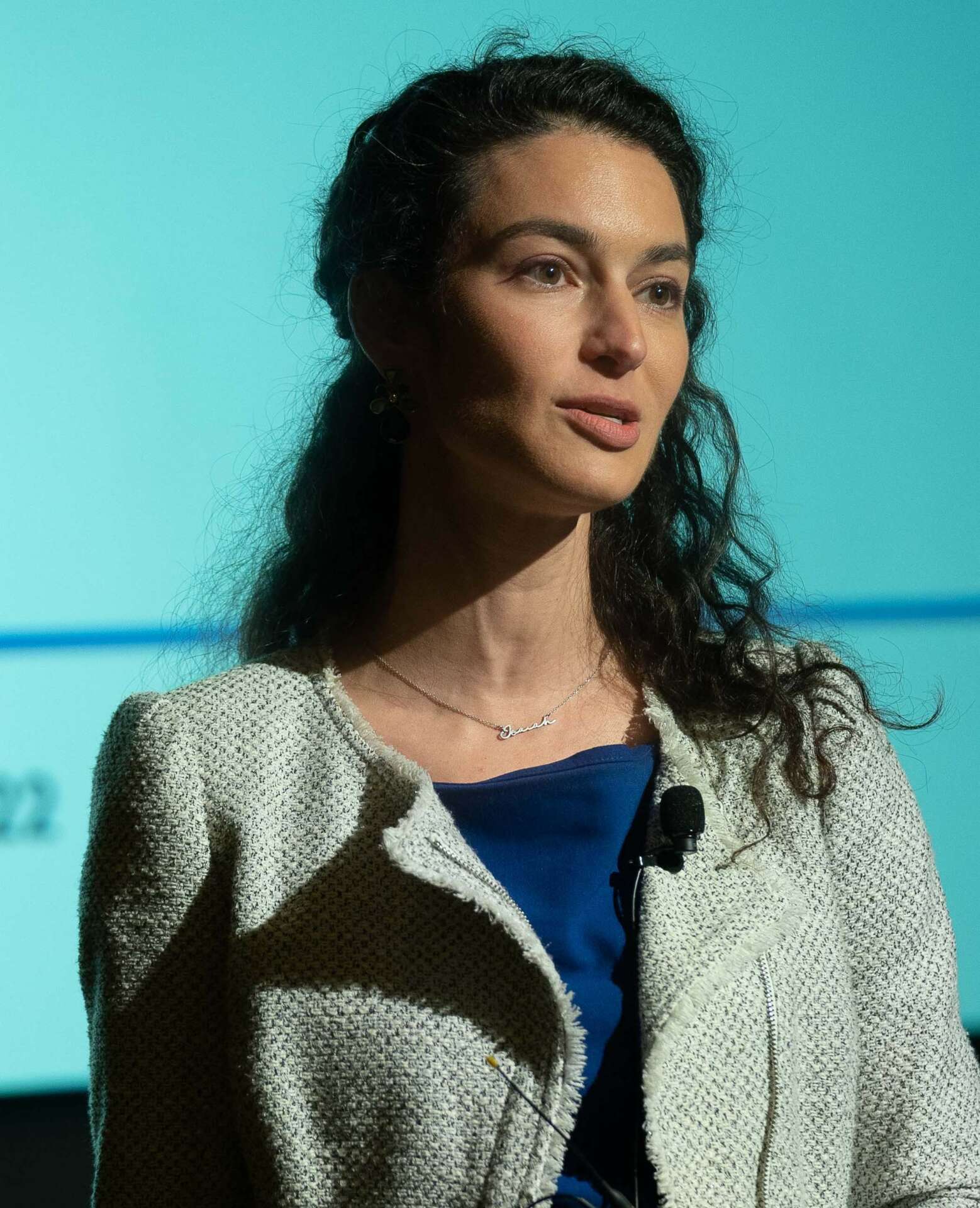
Contact Info:
- Website: www.kadeya.info
- Instagram: https://www.instagram.com/kadeya.club/
- Linkedin: https://www.linkedin.com/company/kdy/
- Twitter: https://twitter.com/HelloKadeya
- Other: https://www.tiktok.com/@kadeya.club


